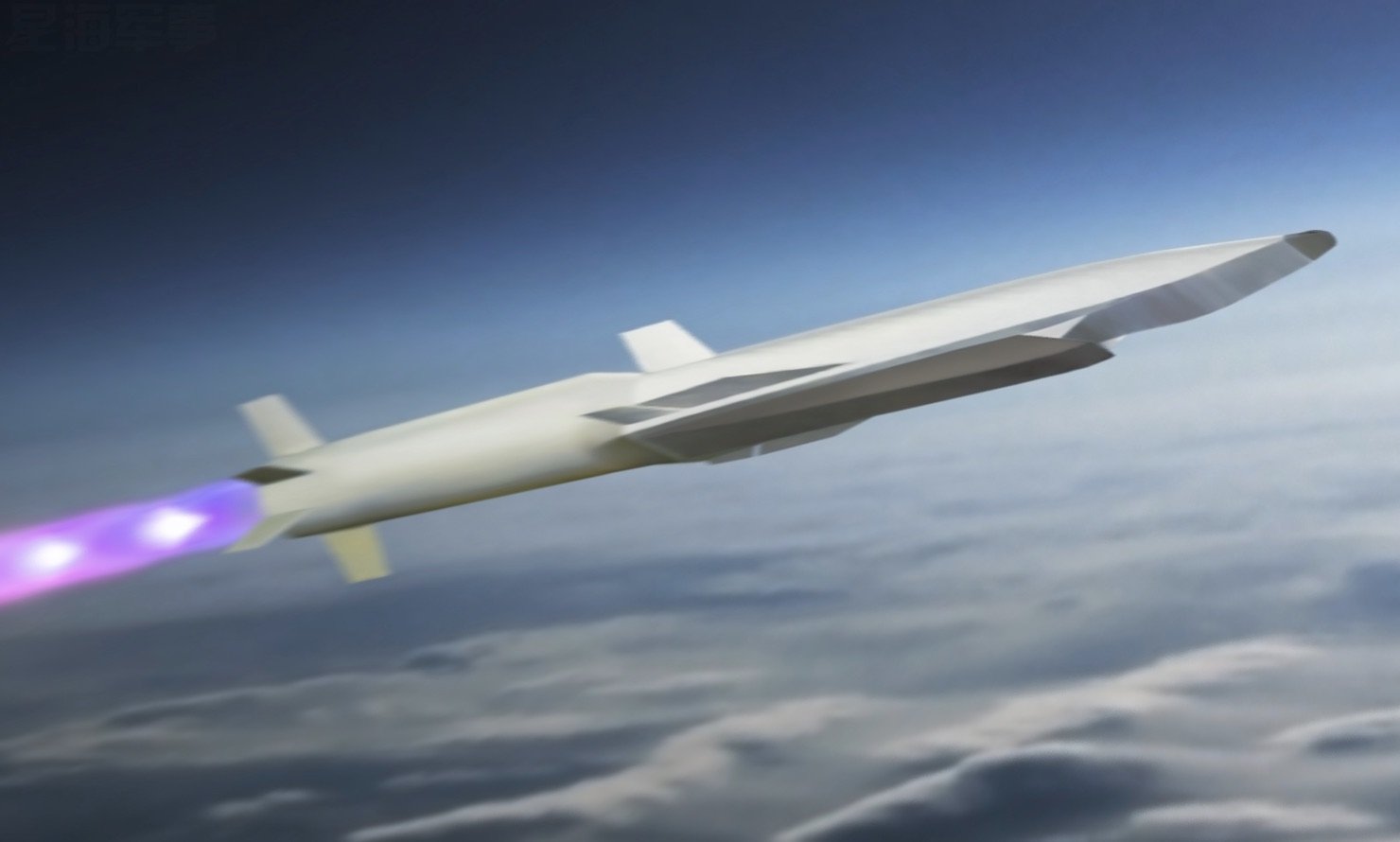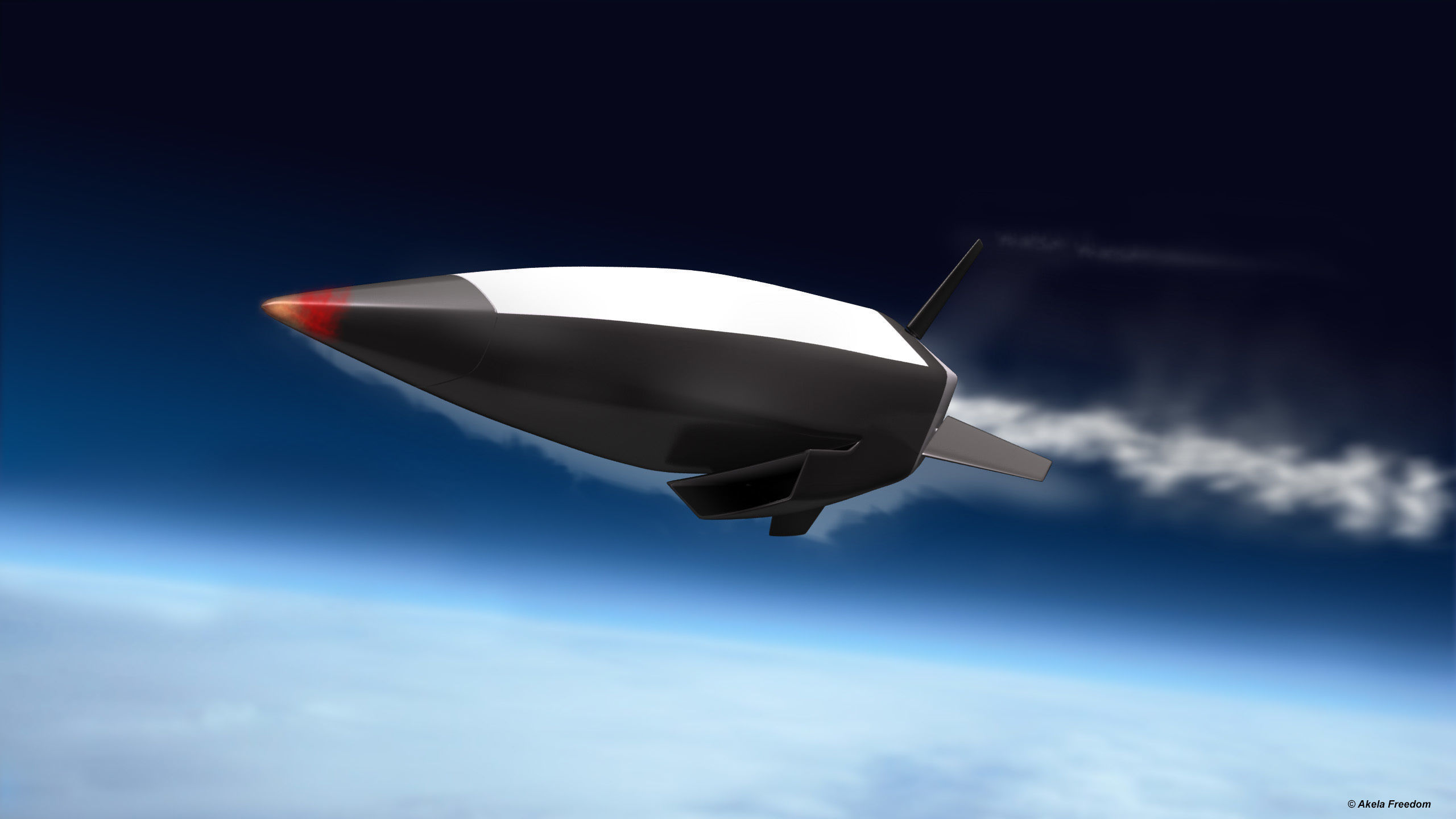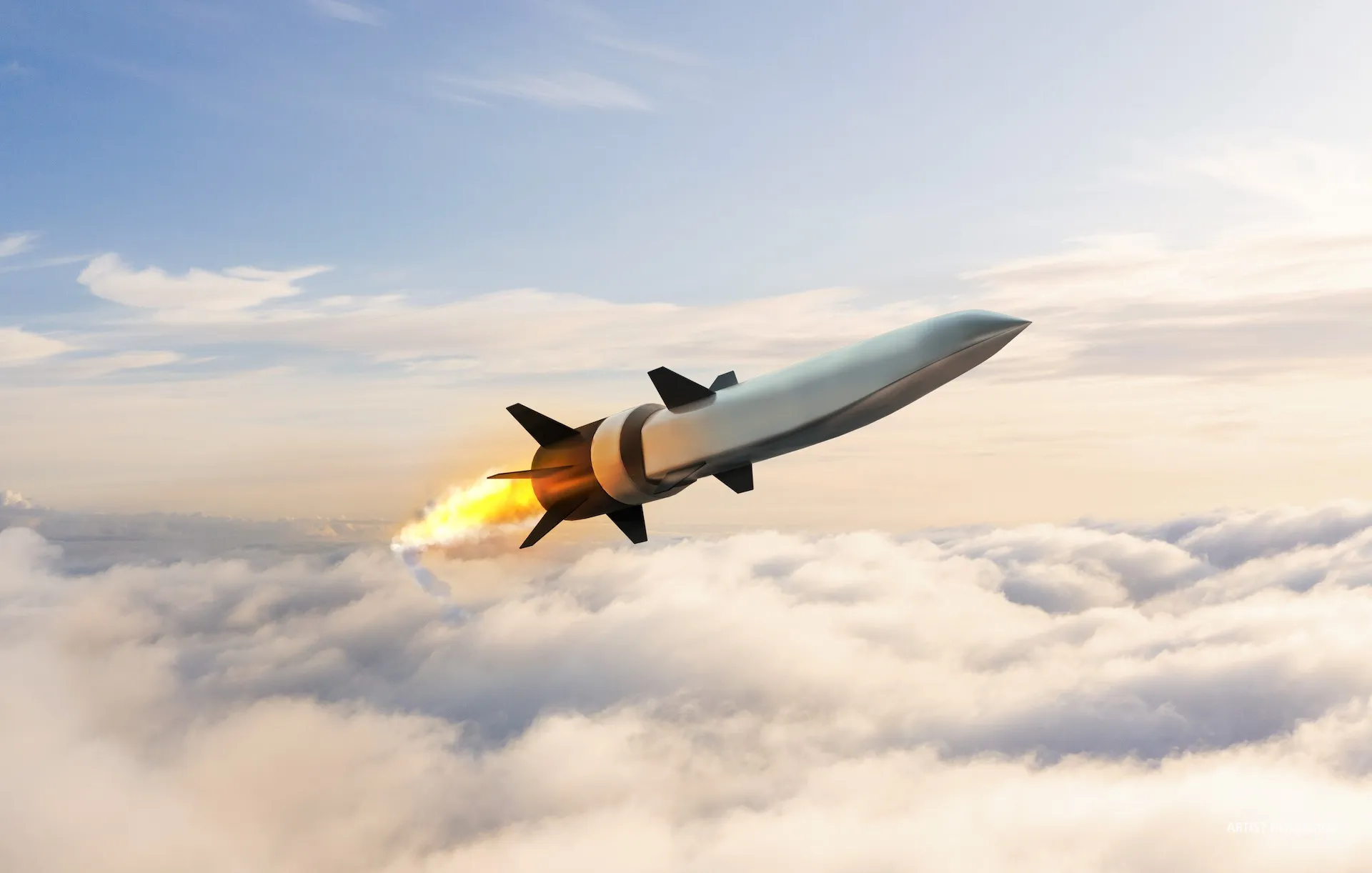Table Of Content
- Iran says it shot down Israel’s attack. Here’s what air defense systems it might have used.
- Navy jet trainer fleet operations remain paused after engine mishap
- Six RAF Typhoons to co-lead Nato's enhanced air policing in Romania
- B-52 Bombers Make Rare Landing at Civilian Airport
- Israel beefs up armored corps with new tank companies, for now and the future
- ROC-X – The solution to organic precision strike capabilities
- Australia pursuing enhanced air strike capabilities
- US Air Force conducts final test of Lockheed’s hypersonic missile

HACM is also leveraging past testing of Boeing's HyFly 2 experimental air-breathing hypersonic vehicle and work done through the U.S.-Australian Southern Cross Integrated Flight Research Experiment (SCIFiRE). Collaboration between the two countries will continue in HACM design and development, “including using Australian test infrastructure for the initial all-up round flight tests,” the Air Force said. A lack of sufficient infrastructure to test hypersonics has been a major hindrance for developing these weapons in the United States, industry officials told Pentagon leaders earlier this year. Lawmakers and DoD officials have sought to expand American testing capabilities to fix this. The US is building out a new satellite network to better track adversary hypersonic weapons, as well as more advanced interceptors to knock them down.

Iran says it shot down Israel’s attack. Here’s what air defense systems it might have used.
That translates to 11,509 miles per hour, or fast enough to circle Earth in about two hours. HACM is envisioned for use in conventional strike weapons on fighter and bomber aircraft, according to the Air Force Research Laboratory. It appears to be similar to, or the same as, a “solid rocket-boosted, air-breathing, hypersonic, conventional cruise missile” the Air Force solicited ideas for earlier this year. In a future war against an adversary with advanced air defenses, such as China, the weapon could be used to strike valuable targets well within those defenses and otherwise out of reach. A fighter armed with such a weapon could fly to the edge of where the adversary’s defenses could reach and then fire the weapon. Once the HACM’s scramjet pushes the aircraft to about Mach 5, it could then outrun and evade air defenses on its way to the target, without putting the fighter pilot at risk.

Navy jet trainer fleet operations remain paused after engine mishap
WASHINGTON — Raytheon beat out fellow defense giants Boeing and Lockheed Martin to win the Hypersonic Attack Cruise Missile (HACM) contract, worth $985 million, the Air Force announced today. The development of HACM will allow the USAF to enhance interoperability with allies and partner nations and stay ahead of strategic competitors. It will be based on the companies’ performance in different stages, including HACM’s critical design review, qualification, integration, manufacturing and evaluation. He previously covered leadership and personnel issues at Air Force Times, and the Pentagon, special operations and air warfare at Military.com.
Six RAF Typhoons to co-lead Nato's enhanced air policing in Romania
The test was carried out at the Reagan Test Site, an Army facility in the Marshall Islands. The U.S. Air Force on Sunday carried out what is expected to be the final test of the hypersonic AGM-183A Air-launched Rapid Response Weapon. All of this comes from pictures released today that were taken during what was described as a "hypersonic weapon familiarization training" event at Edwards Air Force Base in California yesterday. Under this contract, the Raytheon Missiles & Defense and Northrop Grumman team will deliver operationally ready missiles to the USAF. Russia is planning to launch its hypersonic Zircon anti-ship missile from underwater at some point this year, though the launch date seems to have been pushed back at least once. In the HACM program, an informed source said Raytheon’s approach of working toward “an operational missile from the beginning” was a winning strategy.
This also suggests that a bomber can carry more HACMs than ARRWs, enabling a single plane to attack more targets in wartime. The Air Force and Australia teamed up in 2020 to develop air-breathing hypersonic cruise missile prototypes under a bilateral project arrangement called the Southern Cross Integrated Flight Research Experiment, or SCIFiRE. As the name suggests, the HAWC is a concept weapon that won’t be directly loaded onto planes or bombers, but is more of a platform for building future hypersonic technologies.
Israel beefs up armored corps with new tank companies, for now and the future
Though the Zircon is thought to be armed with conventional explosives, it hardly matters. Hypersonic weapons such as the HACM can fly multiple times the speed of sound and can maneuver mid-flight, making them hard for enemies to track and shoot down. “China’s missile programs are comparable to top tier producers internationally, and China leads Russia with its hypersonic arsenal,” McCormick said.
Years after Kicking Off, U.S. Hypersonic Programs Still in Development - National Defense Magazine
Years after Kicking Off, U.S. Hypersonic Programs Still in Development.
Posted: Thu, 10 Aug 2023 07:00:00 GMT [source]
ROC-X – The solution to organic precision strike capabilities
Part of this continued collaboration will include using Australia’s test infrastructure for HACM’s first all-up-round flight tests. The Air Force chose Raytheon, which partnered with Northrop Grumman, over bids from Boeing and Lockheed Martin. All three companies had been working under Air Force contracts to develop technology that will be used in the fast-flying missile. In September 2022, the Air Force announced Raytheon as the winner of its (weirdly specific) $985,348,124 contract for developing the Hypersonic Attack Cruise Missile (HACM). Back in July, Air & Space Forces Magazine reported that the HAWC was essentially a “technology pathfinder” for the new HACM program.
U.S. Air Force conducts hypersonic missile test, gains 'new insights' – Indo-Pacific Defense Forum - Indo-Pacific Defense Forum
U.S. Air Force conducts hypersonic missile test, gains 'new insights' – Indo-Pacific Defense Forum.
Posted: Sun, 29 Oct 2023 07:00:00 GMT [source]
Australia pursuing enhanced air strike capabilities
The AGM-183 Air-launched Rapid Response Weapon, or ARRW, is a tactical boost glide weapon—not air-breathing—that has had a spotty test record in recent years. It is intended to be carried on large platforms such as the B-52 bomber, whereas the HACM is expected to be launched from the F-15 as the initial platform. With an air-breathing motor, the HACM is also potentially a longer-ranged weapon than the ARRW. Scramjet engines use high vehicle speed to forcibly compress incoming air before combustion, which enables sustained flight at hypersonic speeds – Mach 5 or greater. By traveling at these speeds, hypersonic weapons, like HACM, are able to reach their targets more quickly than similar traditional missiles, allowing them to potentially evade defensive systems.
The service is hoping to begin fielding a weapon of this type through its Hypersonic Attack Cruise Missile program, or HACM, starting in 2027. Northrop Grumman is a technology company, focused on global security and human discovery. Our pioneering solutions equip our customers with capabilities they need to connect, advance and protect the U.S. and its allies.
It's unclear if the F-35 or Super Hornet will be able to lug the big HACM missiles with enough efficiency that it would make sense to integrate them with USN and USMC aircraft, though. The Navy is separately pursuing an anti-ship optimized hypersonic air-breathing cruise missile of its own through the Hypersonic Air-Launched Offensive Anti-Surface Warfare program, or HALO. Newly released pictures include the first time the USAF has offered a look at its hypersonic cruise missile design. The Air Force has awarded Raytheon Missiles & Defense a $985.3 million cost-plus-fixed fee contract to develop and build the Hypersonic Attack Cruise Missile, or HACM, an air-breathing cruise missile intended to launched from fighter-sized aircraft. The Air Force said HACM will be an air-launched standoff weapon that can hit high-value targets in contested environments and could be fired from beyond the reach of enemy air defenses. Under the deal, the HACM program will take Raytheon’s prototype design and prepare it to be integrated into a fighter aircraft that could then be used in combat, the Air Force said in a release Thursday.
U.S. defense leaders wanted to accelerate development of hypersonic weapons in response to similar weapons manufactured by Russia and China. Hypersonic weapons can fly faster than five times the speed of sound while maneuvering, making them difficult to track and shoot down. The Air Force plans to hire Boeing, Lockheed Martin, and Raytheon to design a hypersonic cruise missile this fiscal year.
In fact, the Air Force is already pushing ahead with two other missile systems, including the All-Up-Round AGM-183A Air-launched Rapid Response Weapon, which had its first successful launch off the coast of southern California on a B-52H Stratofortress back in December. Like turbofan engines, scramjets scoop up oxygen from the surrounding atmosphere to use as fuel. One key difference between the two is that a turbofan engine scoops up oxygen at subsonic speeds, while a scramjet scoops it up at supersonic speeds. More oxygen means more fuel for the scramjet engine, which enables it to propel the missile even faster.

No comments:
Post a Comment